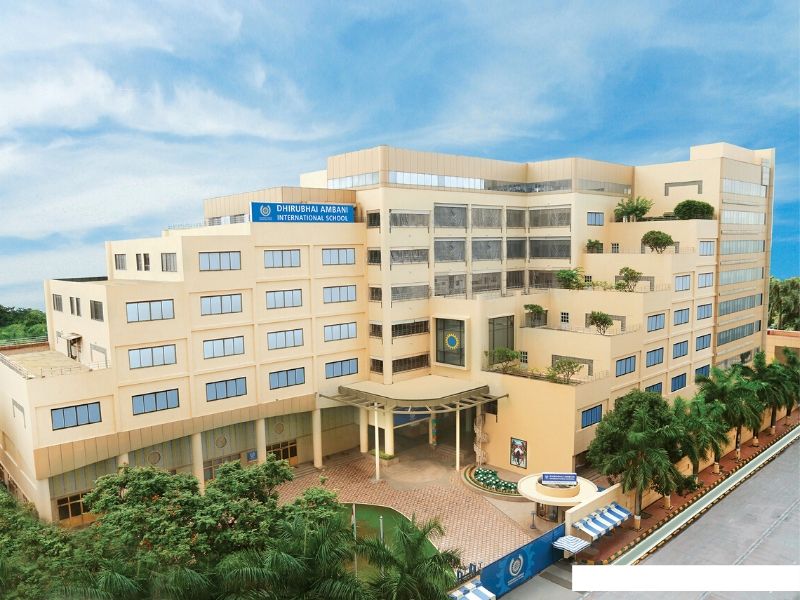Founded in 1957 as Canada as first higher education institution to adopt co-operative education, the University of Waterloo (UW) is widely reputed for its challenging learning environment and teaching excellence. For the past 16 years, the Toronto-based Maclean’s magazine has ranked Waterloo as the most innovative of Canada’s 47 universities. For 14 years, UW was also ranked Canada’s best overall and “the best source of leaders of tomorrow”. Moreover it leads comprehensive universities those with significant research as well as undergraduate and graduate study programmes, but without medical schools in the category of percentage of students who win national academic awards. It also leads Canadian universities for the value of its scholarships and bursaries as a percentage of the university budget.
Waterloo which celebrated its 50th anniversary last year with much fanfare, is a pioneer in co-operative education and boasts the largest post-secondary co-operative educa-tion programme worldwide. Under the programme students apply theory in practical settings, connect their learning to the world, decide on a career path, and alternate between four-month study and full-paid employment work terms. “Co-operative education uses both classroom study and temporary jobs to provide students with practical experience. Students accepted into this programme alternate between work terms and school terms. Waterloo has the top reputation for innovation in Canada, according to a respected national magazine survey of Canadian schools that has ranked Waterloo as most innovative and best overall” proclaims David Johnston, president of the university.
UW’s six faculties applied health sciences, arts, engineering, environmental studies, mathematics and science offer a wide range of undergraduate, postgrad, and doctoral programmes to over 27,000 students instructed by 977 faculty.
Waterloo. Sited in the heart of southern Ontario province, the city of Waterloo was recently voted one of the top three cities worldwide in the International Awards for Liveable Communities competition. With a population of 113,100, when combined with Kitchener, its twin city, Waterloo’s population rises to 350,000. Settled by German-speaking immigrants from Pennsylvania and Europe in the 19th century, Kitchener-Waterloo is currently an important centre for manufacturing and hi-tech industry, with one of the country’s lowest unemployment rates.
Kitchener-Waterloo still retains much of its German heritage, but it’s a multicultural city with 20 percent of its population comprising new immigrants. Moreover with more than 50,000 full-time students in two universities and a community college, Waterloo is a student-friendly city with numerous restaurants, second-hand shops, parks, malls, coffee shops, and cinemas.
Just 60 minutes east of Waterloo is metropolitan Toronto, home to University of Toronto, York University, Ryerson University and several colleges. To the west and another 60 minutes is Canada’s London, which hosts the University of Western Ontario and Fanshawe College. Studying in Canada is a testing experience. Winters (December-March) are cold, with regular snowfalls that leave 5 cm to 20 cm of snow on the ground and high winds. Spring (March-June) is cool and rainy. Summer (June-September) is usually warm and sunny with temperatures ranging between 10oC to 28oC.
Campus facilities. UW’s main campus in Waterloo sprawls across 1,000 acres and houses academic buildings, halls of residence, libraries, and a newly developed research and technology park. Moreover it has established two other campuses in Cambridge and Kitchener. The School of Architecture is located in a historic industrial building on the banks of the Grand River, Cambridge, a 45-minute drive from Waterloo. The health sciences campus, inaugurated in January 2008, is part of a busy cityscape in downtown Kitchener and offers a number of health-related programmes.
The university’s library system comprises the Dana Porter Library, the Davis Centre Library, University Map Library, Musagetes Architecture Library, Optometry Learning Resource Centre and college libraries at Conrad Grebel University College, Renison College, and St. Jerome’s University. Together the eight on-campus libraries offer access to 7.5 million print volumes and electronic items. Moreover students also have access to superb sports and recreation facilities with the opportunity to participate in over 36 varsity teams in 21 sports and over 160 student clubs and organisations. Sports facilities include five gymnasiums, a football stadium, ice arena, squash courts, tennis courts and numerous outdoor playing fields. Other on-campus amenities include 17 cafeterias and a bookshop.
Admission. The minimum eligibility criterion for admission into UW’s undergrad programmes is a 75 percent average in class XII/Plus Two with some faculties such as biotechnology and mathematics mandating higher cut-offs. International students need to submit proof of proficiency in English language by way of acceptable TOEFL and IELTS test scores. The completed application form must be mailed to the university together with transcripts, certificates, reference letters, statements of interest and TOEFL/IELTS test scores. For admission into the academic term beginning September 2008, the deadline is March 31.
For further information contact the Admissions Office, University of Waterloo, 200 University Avenue West, Waterloo, Ontario, Canada N2L 3GI. Tel: 519-888-4567; e-mail: [email protected].
Accommodation. Students have two residency options the university’s halls of residence and four college residences. Most first-year students live in one of four UW halls of residence which accommodate 3,500 students. The Rond Edyt Village is a traditional style residence with double rooms for 1,000 residents on four floors, while the Mackenzie King Village offers 80 four-bedroom suites with full kitchens and living areas. All rooms offer laundry facilities, internet and telephone connections. The university’s Off-campus Housing Office provides a list of private accommodation available.
Degree programmes. UWS six schools offer programmes in over 100 areas of study (see box). The school of pharmacy was inaugurated in January 2008. Four other institutions: St. Jerome’s University, Conrad Grebel University College, Renison College, and St. Paul’s United College are federated/ affiliated with Waterloo University. Located on the main campus, these institutions share in the delivery and administration of academic programmes and offer additional residential space to students.
|
Scholastic options at Waterloo University of Waterloo offers a wide range of undergrad, postgrad and doctoral programmes across six faculties. They include:
Applied Health Sciences. Health studies, kinesiology, recreation and leisure studies
Arts. Accounting and financial management, arts and business, computing and financial management, honours arts, independent studies, social development studies, humanities, social sciences, languages and culture, fine and performing arts
Engineering. Architecture, chemical, civil, computer, electrical, environmental, geological, management, mechanical, mechatronics, nanotechnology, systems design, software engineering
Environmental Studies. Environment and business, environment and resource studies, geography, aviation, gemoatics, knowledge integration, planning
Mathematics. Bioinformation, business administration and mathematics, computational mathematics, computer science, financial and risk management, computing and financial management, chartered accountancy, actuarial science
Science. Biotechnology, economics, honours science, life sciences, physical sciences, science and business, optometry, pharmacy
Tuition fees (per year): C$16,200-34,100
Living expenses (per year): C$5,900-8,700
Other costs: C$2,700 C$=Rs.39.40 |
Summiya Yasmeen


















